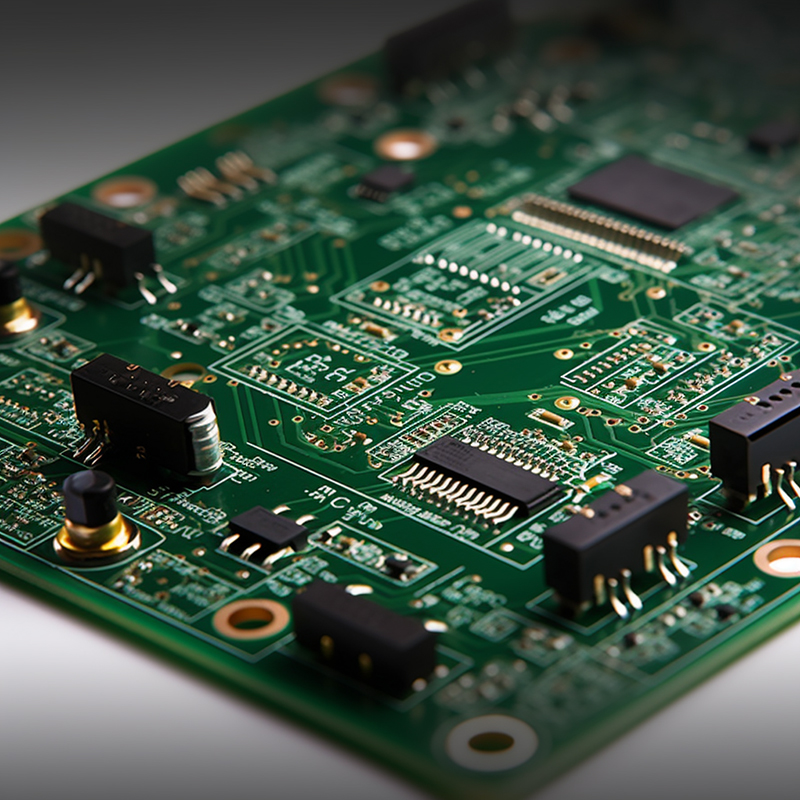Introduce:
As the world moves toward a more sustainable energy future, the importance of smart grid systems is more apparent than ever. These systems leverage advanced technologies to optimize energy distribution, monitor power consumption and ensure efficient power management. At the heart of these smart grid systems is a critical component: the printed circuit board (PCB). In this blog, we’ll dive into common considerations for PCB prototyping in the context of smart grid systems, exploring their complexities and implications.
1. Reliability and durability design:
Smart grid systems often operate continuously in harsh environments. Therefore, reliability and durability become important factors to consider when designing PCB prototypes for such systems. Components must be carefully selected to withstand thermal stress, vibration and moisture. Soldering techniques, conformal coatings and encapsulation can also be used to increase PCB life.
2. Power and signal integrity:
In smart grid systems, PCBs perform multiple functions such as power conditioning, data communications, and sensing. For optimal performance, power and signal integrity must be ensured. Trace routing, ground plane design, and noise reduction techniques must be carefully considered. Special attention should be paid to reducing electromagnetic interference (EMI) to prevent system disruptions.
3. Thermal management:
Efficient thermal management is critical for PCB prototyping in smart grid systems, where power consumption can be significant. Heat sinks, vents, and proper placement of components help dissipate heat efficiently. Analysis tools such as thermal simulation software can help designers identify potential hot spots and ensure optimal cooling solutions.
4. Follow safety standards:
Smart grid systems handle high-voltage electricity, so safety is a top priority. PCB prototypes must comply with strict safety standards, such as UL (Underwriters Laboratories) requirements. Proper insulation, grounding techniques, and overcurrent protection should be integrated into the PCB design to prevent electrical hazards and ensure compliance.
5. Scalability and upgradeability:
Smart grid systems are dynamic and need to be able to accommodate future expansion and upgrades. When designing PCB prototypes for these systems, developers must consider scalability. This includes leaving enough space for add-ons and ensuring compatibility with future technologies. Using a modular design and universal connectors simplifies future upgrades and reduces overall system cost.
6. Testing and verification:
Thorough testing and validation of PCB prototypes is critical before deployment in smart grid systems. Simulating real-world conditions through environmental stress testing, functional testing, and failure analysis can provide valuable insights into PCB reliability and performance. Collaboration between design and test teams is critical to improving the overall quality of the system.
7. Cost optimization:
While it is important to meet all of the above considerations, cost optimization cannot be ignored. Smart grid systems require significant investment, and PCB prototyping should aim to strike a balance between functionality and economy. Exploring cost-effective manufacturing technologies and taking advantage of economies of scale can help reduce production costs.
In conclusion:
PCB prototyping of smart grid systems requires meticulous attention to detail and compliance with specific requirements. Reliability, durability, power and signal integrity, thermal management, safety compliance, scalability, testing and cost optimization are key considerations to ensure successful smart grid system PCB prototyping. By carefully addressing these factors, developers can contribute to the development of efficient, resilient and sustainable energy solutions that will shape the future of our distribution network.
Post time: Oct-25-2023
Back







